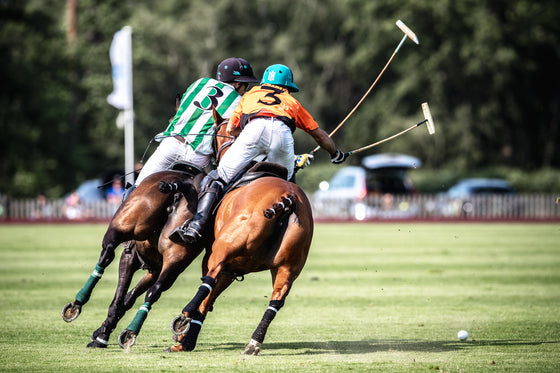As the world’s oldest barbershop, the stylists of Truefitt & Hill have seen more than their fair share of facial hair fashions over the years. From soul patches to twirly mustaches and from gargantuan mutton chop sideburns to that time we all studded our beards with green jelly beans (okay, maybe that was just me), the bristly history of hirsute faces is one of endless shaping and tweaking.
Male Grooming Throughout the Ages
Allan Peterkin, MD, is a psychiatrist and professor at the University of Toronto. Author of One Thousand Beards: A Cultural History of Facial Hair, One Thousand Mustaches, and The Bearded Gentleman, Dr. Peterkin is considered to be one of the world’s leading facial hair experts. One conclusion he’s reached in his historical research was that monarchs, the clergy, or other “power figures” have often led historic follicle fashions. Let’s take a look at beard trends from before recorded history to today.
Prehistory
The story of male grooming is much older than you might think. “All cavemen had facial hair, but by 100,000 BC, men were tattooing, filing their teeth, and plucking their hair with clamshells,” says Peterkin.
Ancient Times
It took the ancient Egyptians to comb some refinement into the matted mess, Peterkin adds, noting they also weaved in the idea of face fuzz as a status symbol. “Their royal beards were usually square-shaped and longer than non-aristocrats – size mattered. They were also lavishly braided, painted, dusted with gold, oiled, and perfumed.”
In Mesopotamian culture, long beard growth and certain facial hair styles denote a man’s social standing, causing men to spend excessive time maintaining their beards.
In ancient Greece, beards were seen as signs of virility and wisdom, often curling them with tongs. The ancient Greek beard was such an indicator of manliness that Spartans would shave off portions of a man’s beard as punishment for cowardice. However, Alexander the Great commanded that all his soldiers go beardless, worried enemy soldiers would grab hold of the elaborate beards during battle. Soon, the trend spread throughout the Roman Empire so that a clean-shaven face would distinguish a Roman from a Greek. Roman men would either visit a barber each morning or have a servant shave them. This trend ended centuries later when a Roman Emperor began wearing a beard to cover facial scarring.
Middle Ages and Renaissance
In the Middle Ages in Europe, the beard symbolized a knight’s honor. Touching another man’s beard without permission was a duel-worthy offense. The facial hair of bearded men also had cultural and religious significance. Long beards were often a requirement for men of the ruling classes. There was even a law passed in England in the 800s that fined a person who cut off a man’s beard 20 shillings.
During the European renaissance era, the beard was the defining feature of a man. While the Catholic clergy would remain clean-shaven as a sign of celibacy, most men’s jawlines during this period sported some form of fuzz. That’s not to say that facial hair went unopposed. Henry VIII went as far as to place a tax on wearing a beard (though he wore one himself). Similarly, Peter the Great of Russia ordered that all men shave their beards or pay a similar tax.
Victorian Era to the 20th Century
The armed forces also have a richly pileous past, according to historian Christopher Oldstone-Moore, who authored Of Beards and Men: The Revealing History of Facial Hair.
“The military mustache began 200 years ago when cavalrymen across Europe adopted the awesome black mustache of the Hungarian Hussars,” he says. “Armies required officers and enlisted men to wear them to look fearsome – and if you were hairless, you had to get a fake one.”
He confirms that the long-established union of whiskers and social hierarchy was snipped in the 1800s. “Great 19th-century beards – Abraham Lincoln, Charles Darwin, Karl Marx – were the look of democracy. This was when political rights were conferred on the basis of manhood; a good reason for men to say with their hair that they were just as good as any other!”
Fashion is fickle, though, and this chin strap “freedom beard” (as I alone call it), popularized during the American Civil War era, fell out during the early 1900s. But the democratization of bristles had firmly taken root. For Peterkin, that meant postwar pockets of “quirky growth: 1950s beatnik goatees; bushy rebellious ’60s beards; and Magnum, P.I. mustaches in the 1970s.”
There were other factors shaping men’s facial fashion. During World War I, many men began sculpting their facial hair into mustaches that would more easily fit under a gas mask. This started a mustache revolution, with one of the more popular styles being the handlebar mustache, as worn by William Howard Taft, the last American President to wear facial hair.
The Beard Styles of Today
According to Oldstone-Moore, who recently shaved off his own “scraggly” beard for the summer, today’s hairy golden age – with the resurgence of diverse looks from many eras – indicates that social customs are being questioned anew. “Men are again growing beards to declare the reality of masculinity, their identity, and a sense of personal independence.”
But are there any historic looks he’d love to see revived? The stylish Van Dykes of the early 1600s is a favorite, he says. “But nothing matches the 1890s German fad for spiky, upturned mustaches. Developed by Kaiser Wilhelm II, it required a great deal of work, including special lotions and a nighttime trainer strapped to the face to hold it in place.”
Peterkin time travels even further for his preferred revival. “The Assyrians, Phoenicians, Sumerians, and Persians adorned and shaped their facial hair with dyes, paints, gold thread, and colorful powders. I’d love to see more of this beard décor.”
Whatever trends take hold, from historic to hippie to hipster, Oldstone-Moore believes there’s plenty of growth left in the current golden age. “Unlike the past, we have a very diverse and segmented culture, with different groups adopting different styles. My test is politics and business. When businessmen and politicians adopt beards, we know we are in a true beard movement.”
- By John Lee
John is a British-born travel and feature writer. His work has appeared in more than 150 print and online outlets around the world, from the Boston Globe to BBC.com and from the Guardian to Qantas: The Australian Way magazine.

 Bangladesh
Bangladesh
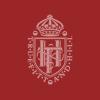 1805
1805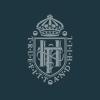 Grafton
Grafton Sandalwood
Sandalwood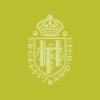 No.10
No.10 Trafalgar
Trafalgar West Indian Limes
West Indian Limes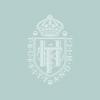 Ultimate Comfort
Ultimate Comfort Apsley
Apsley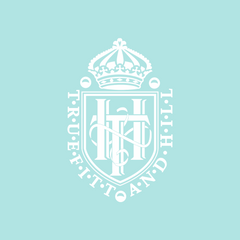 Mayfair
Mayfair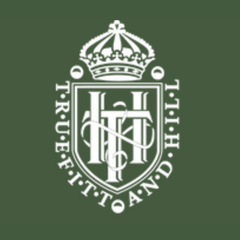 Highgrove
Highgrove Cream and Soap
Cream and Soap Shaving Brushes
Shaving Brushes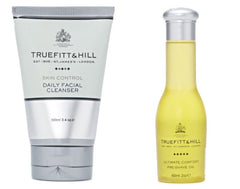 Pre-Shave
Pre-Shave Aftershave Balm
Aftershave Balm Razors
Razors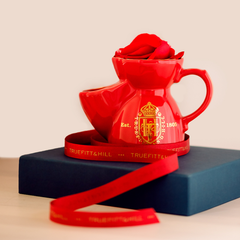 Stands & Mugs
Stands & Mugs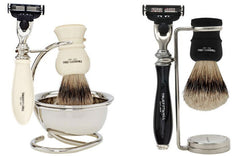 Sets
Sets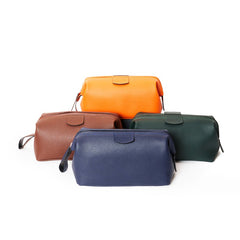 Bags
Bags Shampoo
Shampoo Tonic & Frictions
Tonic & Frictions Styling
Styling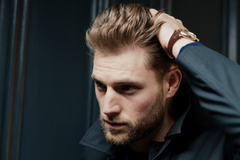 Combs & Brushes
Combs & Brushes Beard
Beard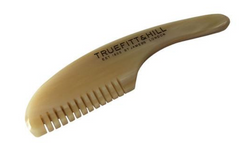 Moustache
Moustache Bath Soap
Bath Soap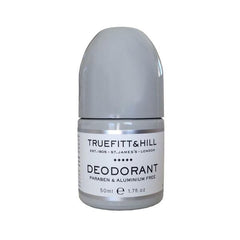 Deodorant
Deodorant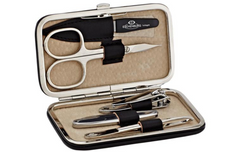 Manicure Sets
Manicure Sets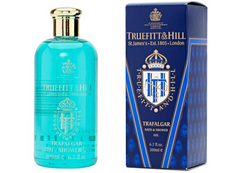 Shower Gel
Shower Gel Scrub & Cleanser
Scrub & Cleanser Skincare
Skincare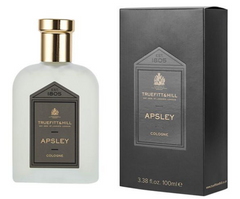 Cologne
Cologne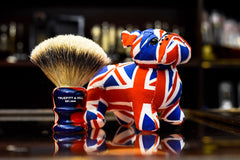 The Jubilee Collection
The Jubilee Collection E-Gift Cards
E-Gift Cards $50 and under
$50 and under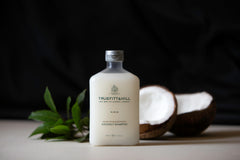 $100 and under
$100 and under $100 and over
$100 and over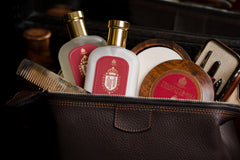 Gift Sets & Bundles
Gift Sets & Bundles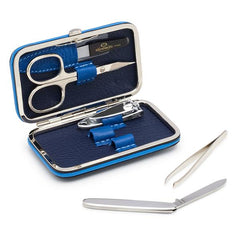 Grooming Accessories
Grooming Accessories Travel
Travel

